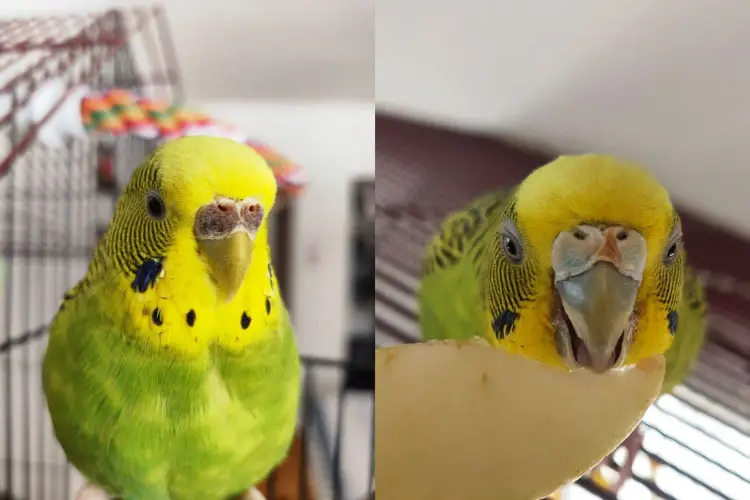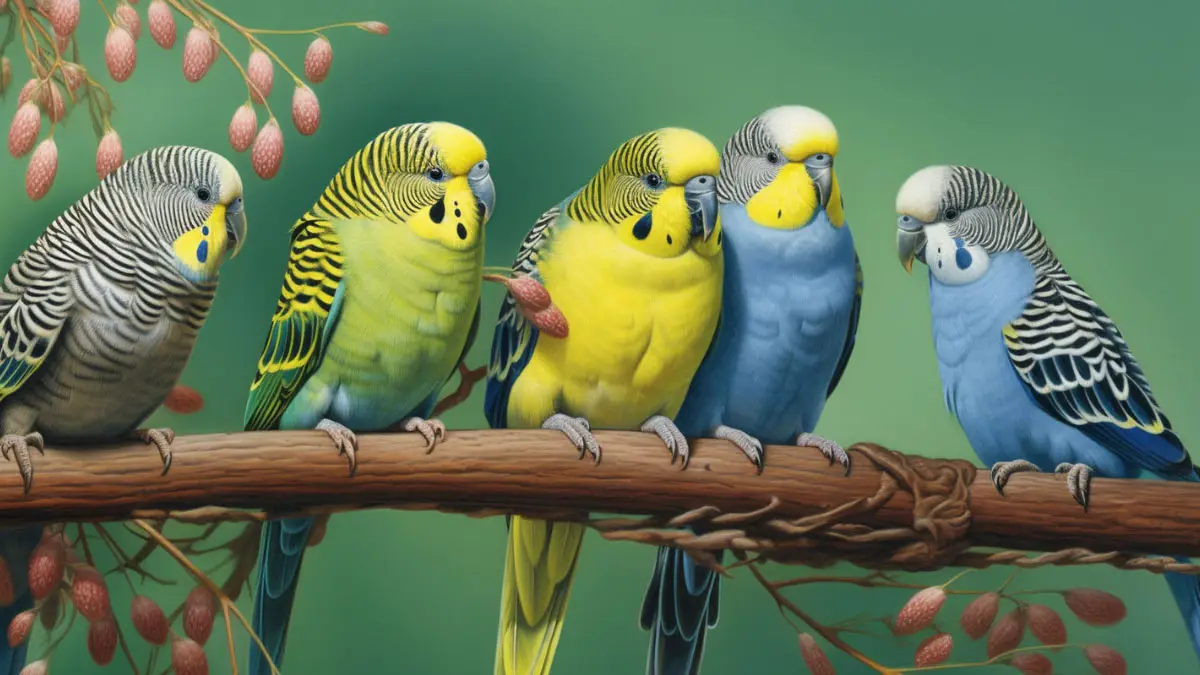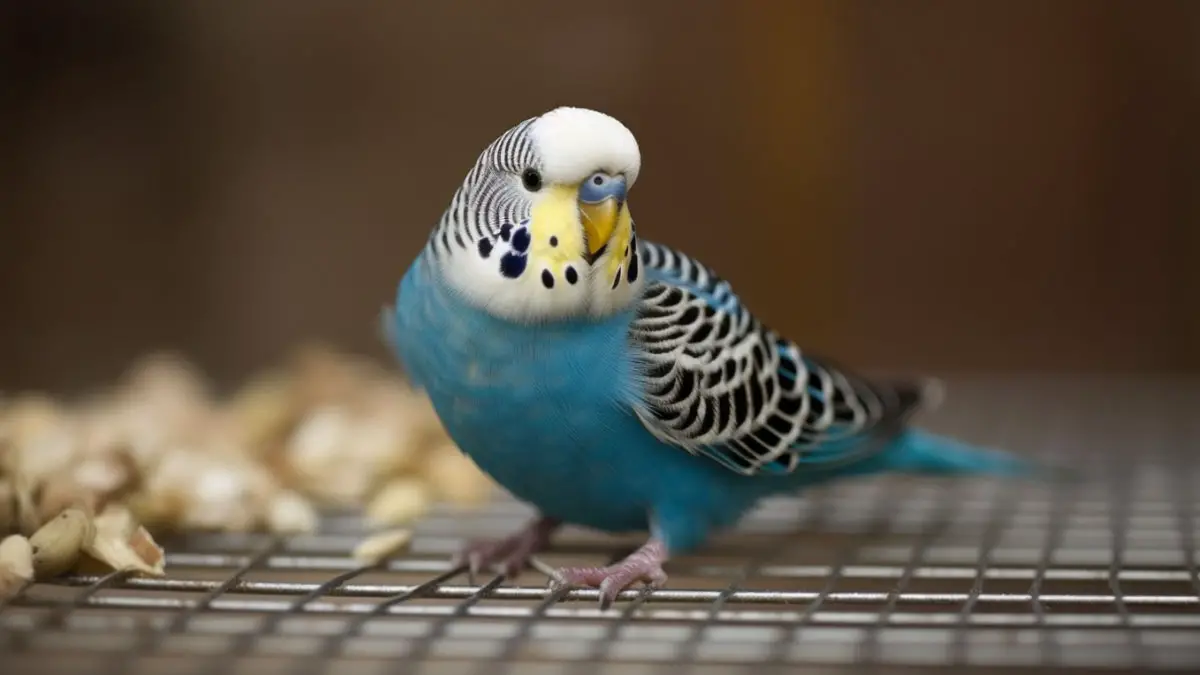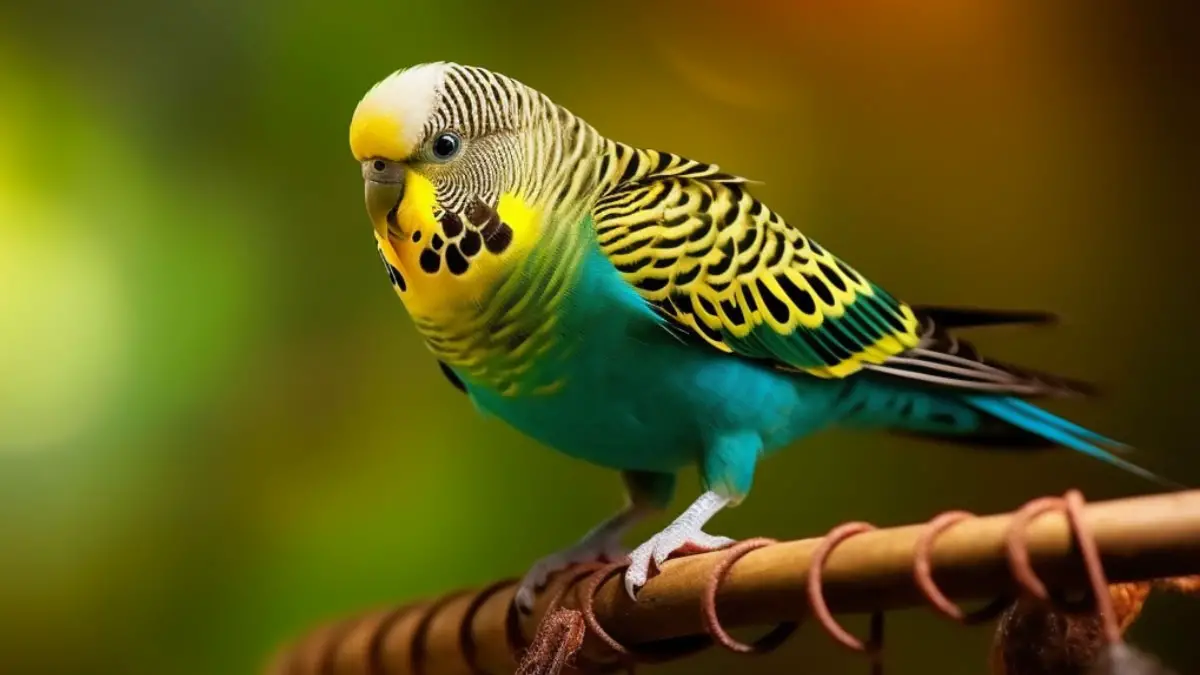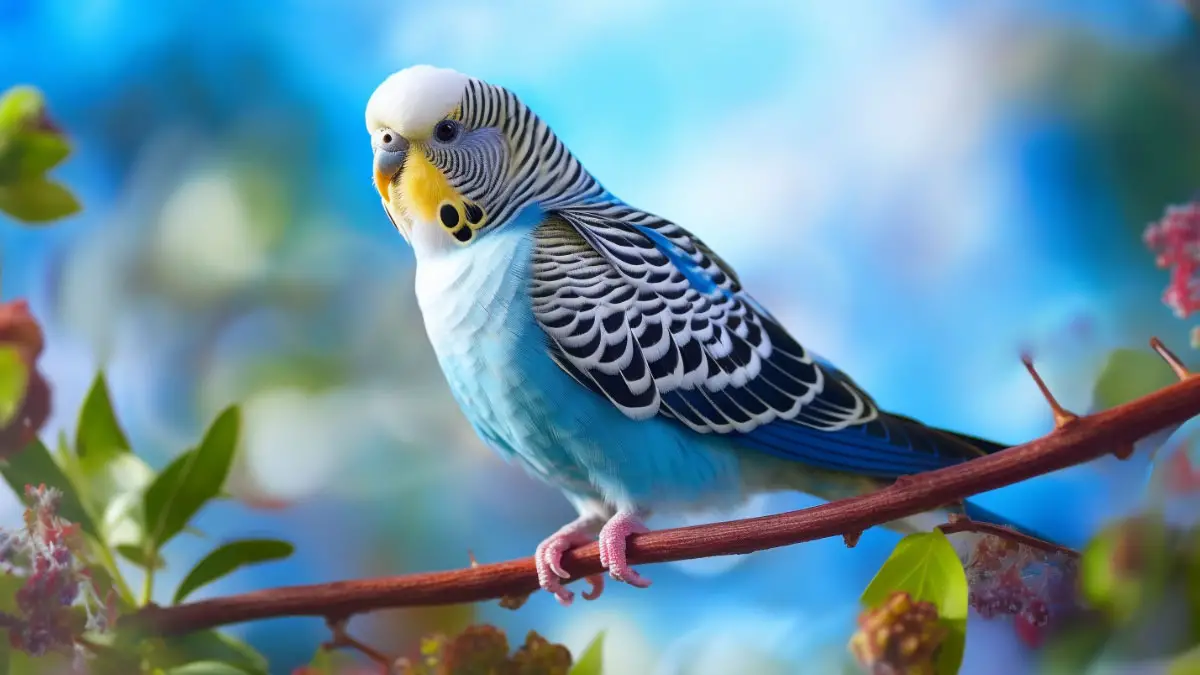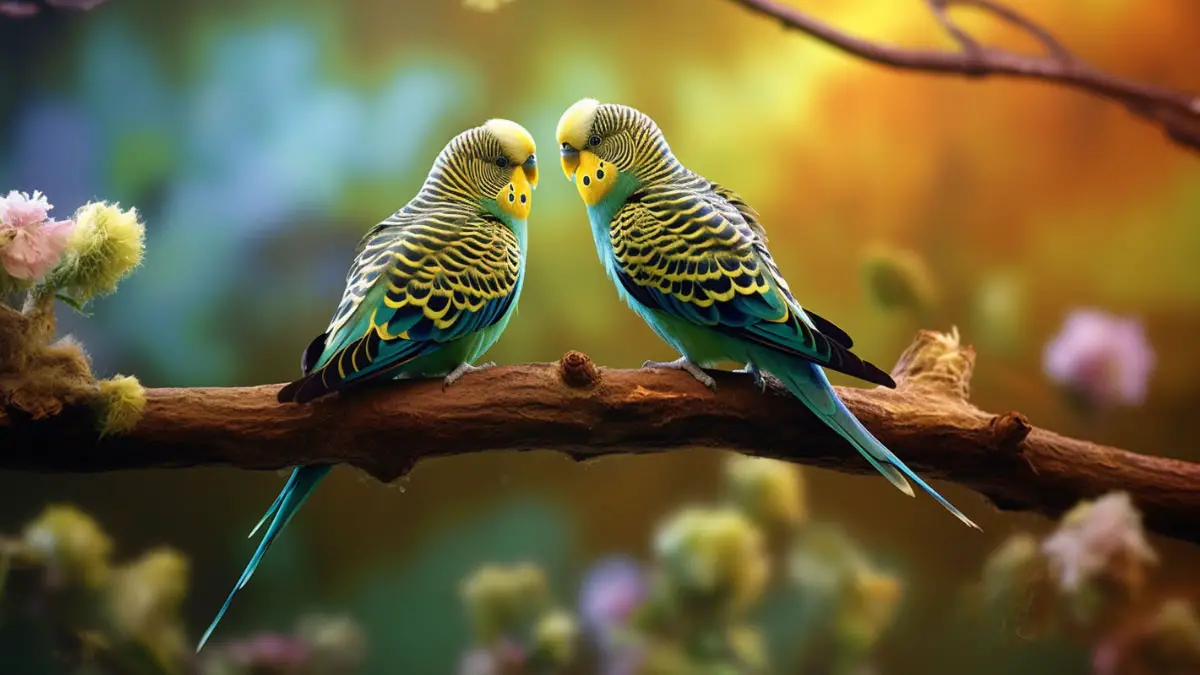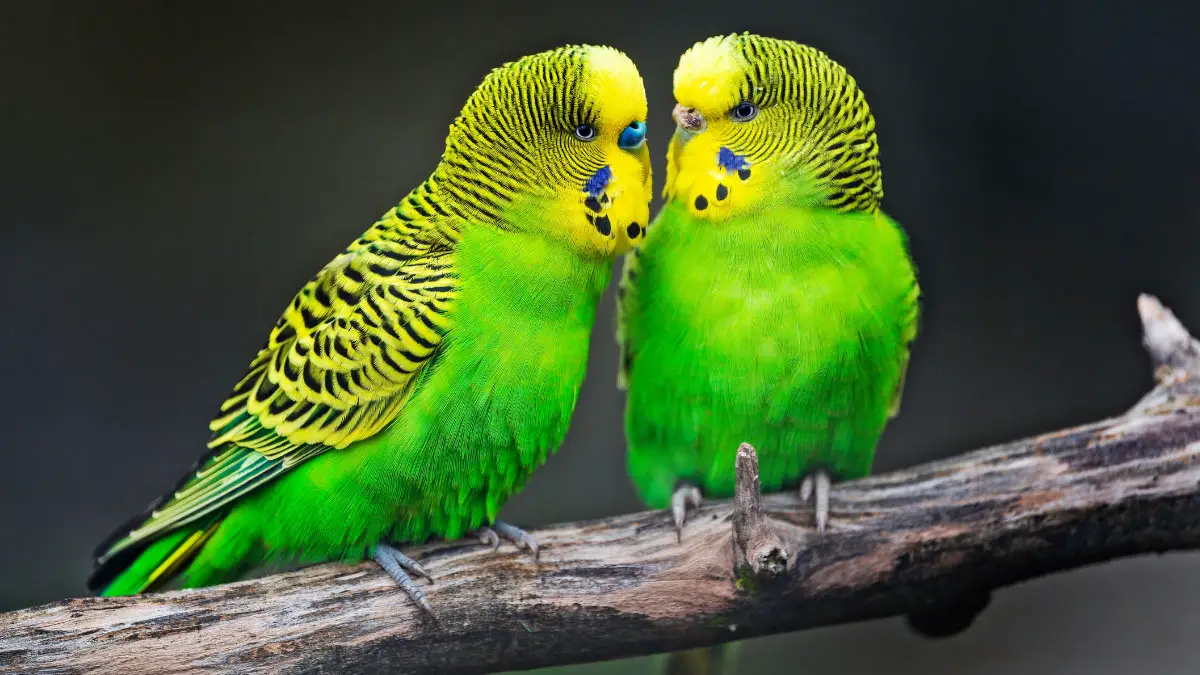Birds are the fourth most popular pets in the United States after reptiles, cats, and dogs. Budgies, also called parakeets, have been mutated to at least 32 mutations and possess over 2500 feathers. Despite having many wonderful attributes like mimicry, these birds’ cere color change triggers the curiosity of most pet lovers.
So, why female budgie cere changes color? The main reason for the color changes is during the breeding season. The cere color changes to a brownish color during this season, with this color only changing on female budgies. However, some budgies will have a blue cere color during this period, caused by some mutations.
Female budgies will also develop a blistering texture on the cere during these periods. Below is more on this topic and the reasons behind these color changes in females.
Female Budgie Cere Color Change
Cere is a covering on the upper beak of a bird that contains the nostrils and protects it from injuries. At a young age, female budgie cere tends to be pale blue, pink, or purple and whitish around the nasal rings. With age, the cere turns brownish during the breeding age, and at the same time, the male’s cere turns to a royal blue color. After maturing, usually about one year from birth, the female cere turns to a tan or whitish color.
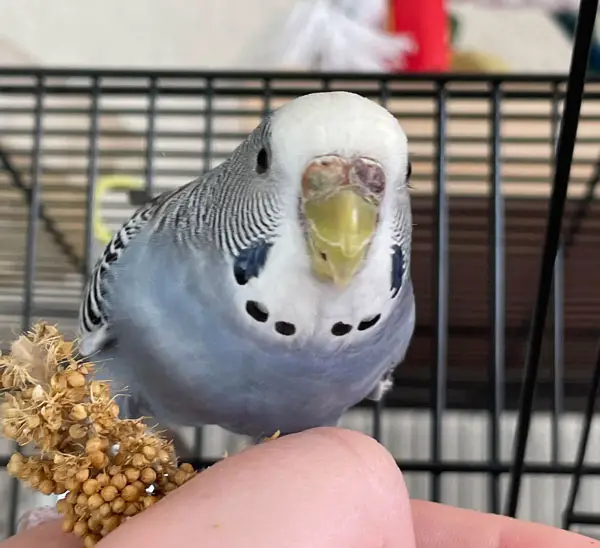
These transitions in color help identify the bird’s gender and age in the early days. Though the shades may vary, the whitish blue, brown, and then whitish or tan are the usual colors of the female budgie’s cere. Attempting to breed the budgies at off-season time or when not yet matured can make them lay infertile eggs.
What Are the Reasons for Cere Color Change?
There are several reasons a budgie’s cere color will change. These changes may vary between males and females and between different mutations. Below are common reasons your female budgie’s cere will change.
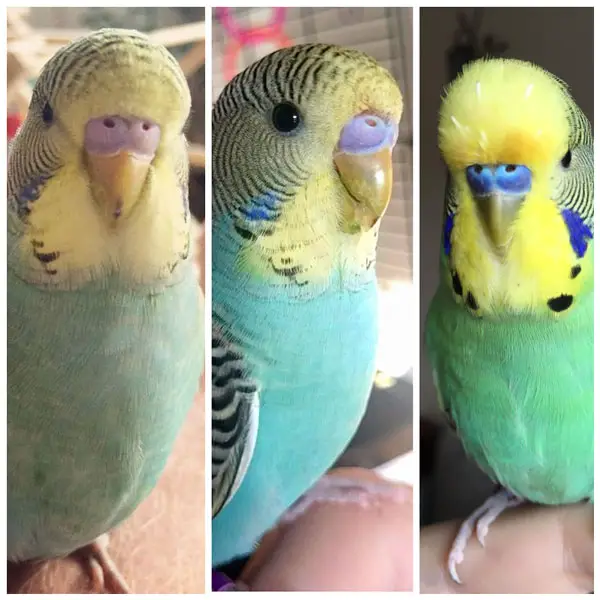
1. Dehydration
Water is essential for the survival of every living thing, including these pet birds. Among the reasons why birds have cere is to keep them cool and act as a water reservoir. A dehydrated cere will be dry and have a paler color than usual. Always give budgies water, especially in the morning when they are feeding.
2. Diet
A diet too high on carbohydrates can cause the budgie’s cere to change color. The high carbohydrates force the bird to make acidic saliva that irritates the cere. An irritated cere will have a reddish color, the same color they have under stress.
3. Age and breed
Budgies can take around one year to grow into an adult, and when the cere color changes. As a chick, a female budgie cere will be pale blue or pink with white rings around the nostrils. During the breeding season, which is usually about twelve months, female budgies cere changes color to nut brown. Around this time, the budgie will lay fertile eggs before the cere turns whitish, a sign they are going off-season.
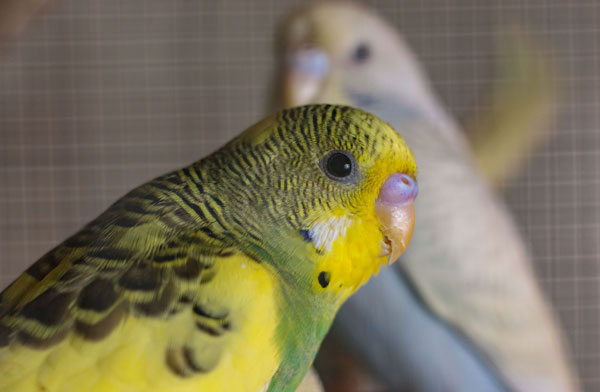
Also read: Is Your Budgie Scared of You
What Does a Healthy Budgie Cere Look Like?
As we have said, what a budgie cere looks like may indicate several things. But, most healthy male budgies have a well-ordered or somewhat bulged cere. However, female budgies may have a brittle cere during the breeding phase.
But, if you see the cere bulging excessively to the point where it looks like a horn, you need to get worried. This may be an indication of too much-keratinized fattening of the budgie’s cere. Although initially, this may not look like an issue, you need to keep observing your bird.
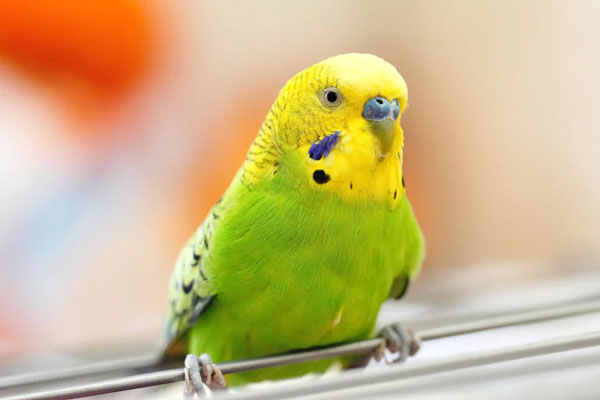
At times it worsens, necessitating urgent treatment. Failure to do so may lead to death, especially because it can block the bird’s nasal passage. White and brownish layers on the cere are also not normal. Mostly this happens when your birds are under attack by parasites.
Sadly, the layers are usually thick and curved. It takes a lot of effort to note the color change because the budgie tries to conceal them. This happens mostly due to irritation by parasite bites. The best way to keep your budgie healthy is to be keen to note any signs of discomfort.
FAQ
Budgies have been mutated to at least 32 primary mutations, the reason they appear in many colors. However, the cere color change remains the most questioned topic among these pet lovers. Below are frequently asked questions on this topic and their answers.
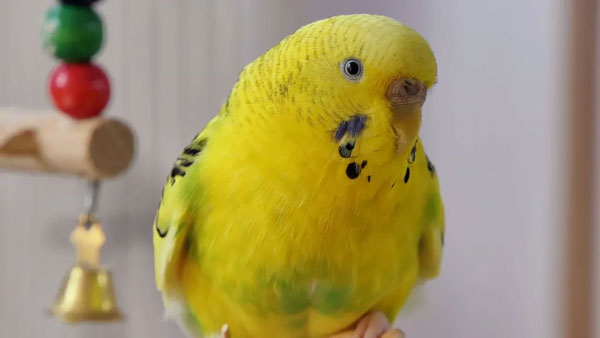
All budgies of all gender mature at around 12 months which might vary with diet and mutation. At this age, the female cere color will change from the earlier light blue or pinkish to brown or tan. At 12 months, the budgies are also most fertile, and it’s the best time to add a male to the nest. The cere will remain with this color during the breeding season and then turn whitish.
Purple or pink cere are common in the unmutated budgies. The budgies can also have a darker purplish cere due to some pigment variation and mutation. This condition changes before the birds go through their first molt.
A female budgie’s cere will turn pale blue though not the same blue as the male’s, when coming out of season. However, some mutations will cause the budgie’s cere to remain light blue throughout its life. The blue cere color may also be a result of high testosterone levels.
Related: Do Budgies Need Sunlight?
Conclusion
Pet budgies’ variety of colors often makes their owners curious about other color changes on their bodies. At birth, budgies are born with a pink or bluish color which changes as they approach adulthood. Though there are other reasons these birds might be changing cere color, the most common one is breeding.
Female budgies change cere color at around one year when they begin their breeding season. The cere color changes to a nut brownish color and turns to tan or white as it ends. Some female budgies cere will have a bluish cere caused by mutations or high testosterone levels.
